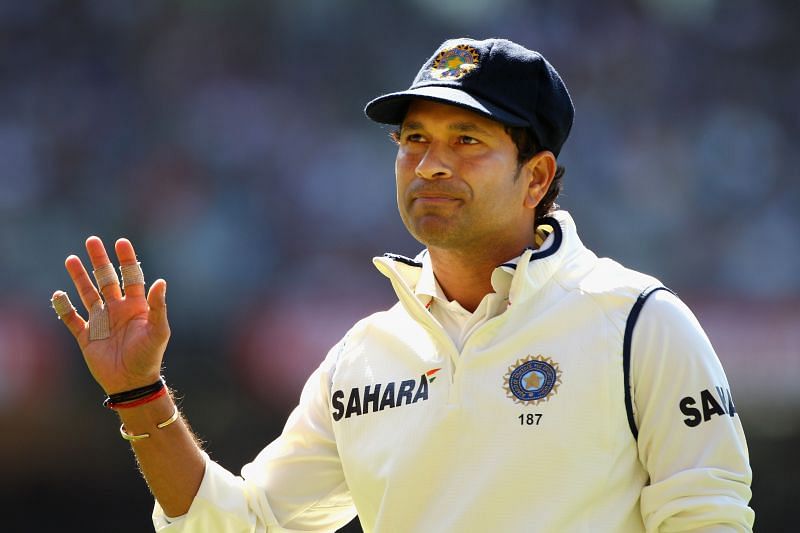
Players with the most Test centuries at each batting position
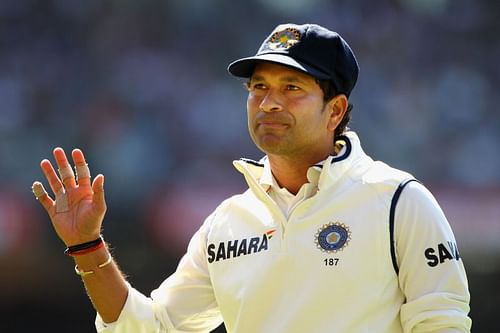
Scoring a Test match hundred, a dream for any aspiring cricketer, depends on a multitude of factors like skill, mental strength, and temperament. But one other factor that is perhaps as important as the ones mentioned above is allowing a player to bat in their preferred batting position.
Over the years, successful batsmen in the game have been the ones who grabbed their opportunities with both hands, and made a particular batting position their own. These players have managed to be prolific scorers in their favoured batting positions, going past the three-figure mark on multiple occasions.
On that note, let us have a look at the players with the most Test centuries at each batting position.
Opener: Sunil Gavaskar (34 centuries)
.
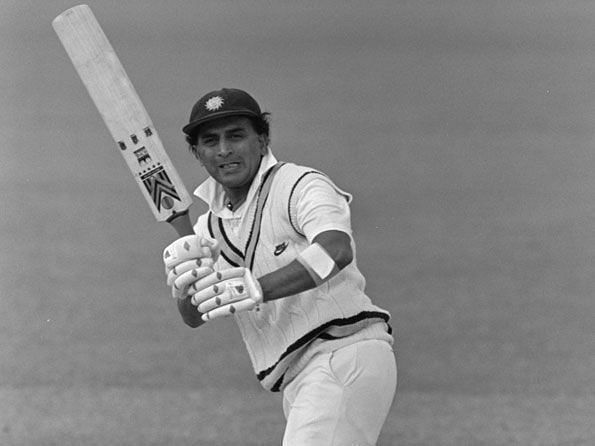
Sunil Gavaskar is one of the best batsmen India has ever produced. He is considered by many to be the best batsman of his time. There is hardly any list on Test batting statistics in which Gavaskar doesn't feature. The diminutive batsman made runs in every part of the world, amassing 10122 runs in 214 innings at an average of 51.10.
The little master enjoyed unprecedented success batting at the top of the order. Gavaskar scored 34 centuries in his Test career, 33 of them while opening the batting. However, his highest score in Test cricket, 236* came against West Indies in Chennai when he batted at number 4, the only time he scored a ton from a non-opening batting position.
Number 3: Kumar Sangakkara (37 centuries)
.
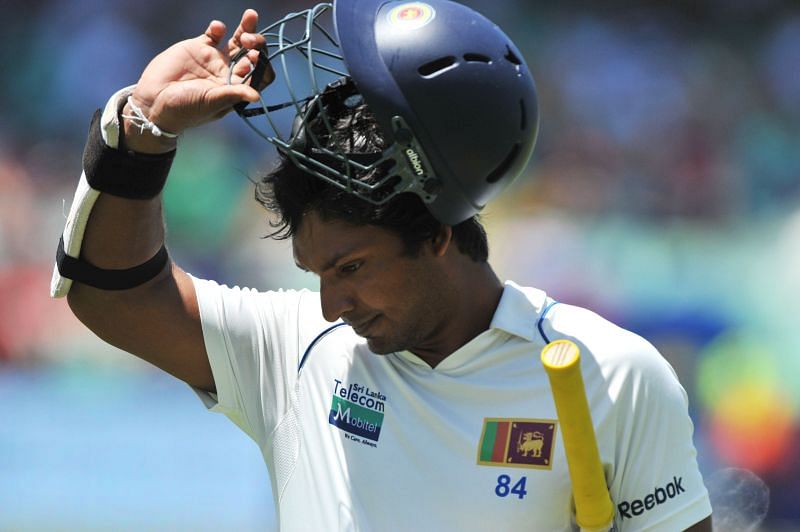
Kumar Sangakkara was the cornerstone of Sri Lankan cricket for over a decade and a half. The southpaw is, undoubtedly, the most successful wicket-keeper-batsman from the island nation. Cricket fans still remember his elegant cover drives. Sangakkara scored 12400 Test runs at an impressive average of 57.14 from 233 innings.
The left-hander's stats at number three are even better. It is the position in which he batted for large swathes in his career. Sangakkara's average at no. 3 climbs up to 60.83 in the 207 innings he batted at this position. The wicket-keeper batsman scored 37 of his 38 tons, including his best Test score of 319, while batting at number three. His other century came while batting at number 4.
Number 4: Sachin Tendulkar (44 centuries)
.
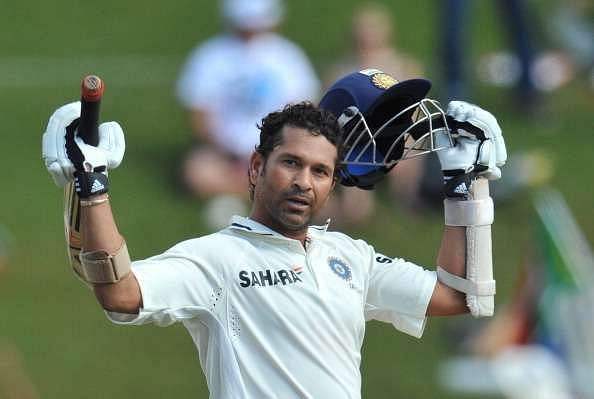
Sachin Tendulkar, the man who doesn't need any introduction, is among the finest batsmen to have ever graced the sport. The right-handed batsman scored prolifically against every nation. During the course of his illustrious Test career, Tendulkar scored 15921 runs from 329 innings at an average of 53.79.
Tendulkar batted at number four in 275 innings, which comprises about 83% of all his Test innings. By the end of his career, number 4 and Tendulkar became synonymous. Not surprisingly, his best score of 248 not out against Bangladesh in the Dhaka Test in 2004 came at this position.
The Mumbaikar scored 44 of his 51 Test tons while batting at this position. Tendulkar scored five centuries while batting at number 5, and two at number 6.
Number 5: Steve Waugh (24 centuries)
.
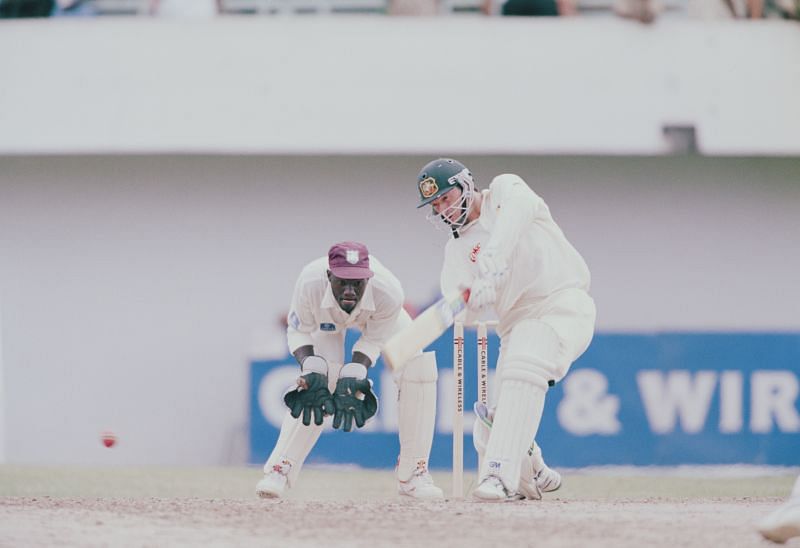
Steve Waugh is among the best Test captains to have ever led Australia. Waugh was known for his impressive mental strength and patience.
The former skipper always managed to hold his nerve in tense match situations. As a batsman, Waugh was equally adept. The right-handed batsman ended his Test Career with 10927 runs in 260 innings at an average of 51.06.
Waugh was a classical middle-order batsman, who mostly batted at number 5. The former Australian captain was most successful at number 5. The Aussie scored 24 of his 32 centuries while batting at this position, which includes his Test best score of 200 achieved in the 1995 Kingston Test against the West Indies.
The right-hander scored 6 other centuries at number 6, and one each at numbers 3 and 7 respectively.
Number 6: Asad Shafiq (9 centuries)
.
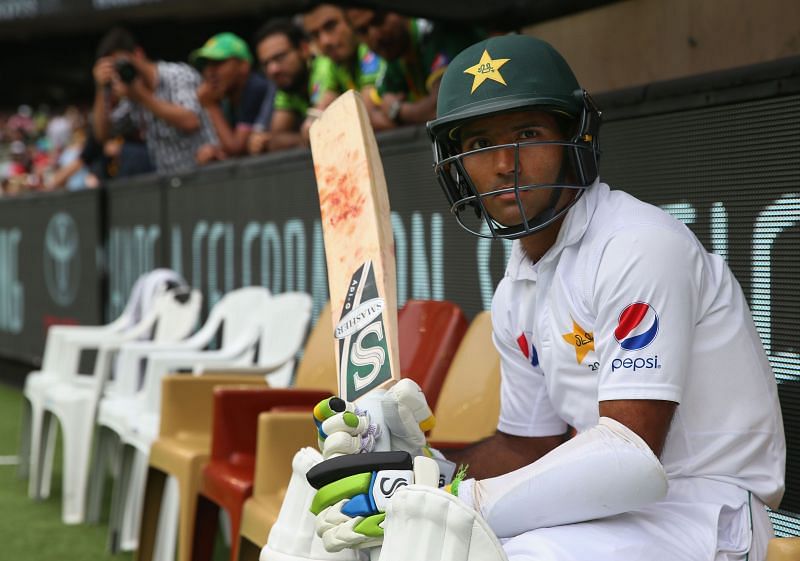
Asad Shafiq is the only active player to make this list. The 34-year-old Pakistani batsman is a regular in the Test team. The right-handed batsman has scored vital runs lower down the order on several occasions. Shafiq has 4593 Test runs from 123 innings at an average of 39.26.
Shafiq has batted lower down the order during his career, and has found most success while batting at number 6. He has scored 9 Test centuries at no. 6, which is the most by any player at this position. Shafiq's Test best score of 140 came at this very position, during a Test against Australia in Brisbane in 2016, where Pakistan fell short of an improbable target of 489 by only 39 runs.
The man from Karachi has also scored two centuries from number 5, and one from number 4. Shafiq, who looks likely to play for Pakistan for a few more years, hasn't in all likelihood, scored the last of his Test centuries.
Number 7: Adam Gilchrist (12 centuries)
.
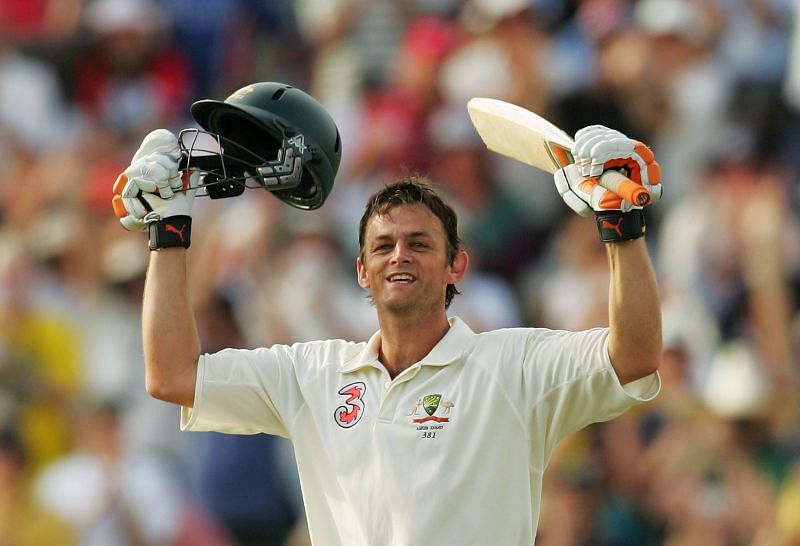
Adam Gilchrist redefined the role of a wicket-keeper batsman in the late 90's by his belligerent batting.
He is one the first wicket-keepers who could bat as well, if not better than a proper batsman. Gilchrist could take any bowler head-on, and come out on top. The southpaw had an excellent ODI career but wasn't far off in Test Cricket too, where he scored 5570 runs from 137 innings at an average of 47.61.
In ODIs, Gilchrist opened the innings to take full toll of the fielding restrictions, while in Tests, the left-hander wreaked havoc in the lower middle order, coming in at number seven. Gilchrist's 12 tons while batting at number 7 is the most in Test history by any player at this position.
Perhaps, not surprisingly, his best Test score of 204 not out came at this very position, in the 2002 Test against South Africa in Johannesburg which Australia won by an innings and 360 runs. Additionally, the wicket-keeper-batsman scored two centuries while batting at number 6, and one apiece from numbers 3,5, and 8 respectively.
Number 8: Daniel Vettori (4 centuries)
.
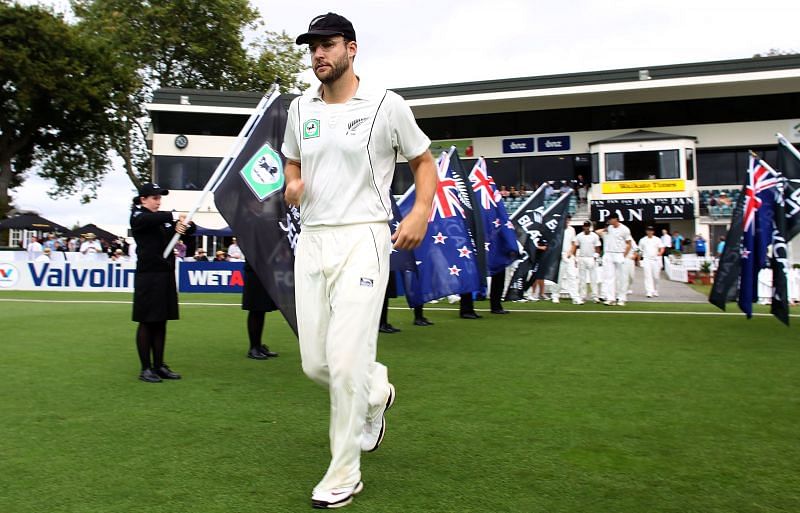
Daniel Vettori is the youngest New Zealand player to play Test cricket. Although more renowned for his bowling exploits, Vettori was more than handy with the bat in hand. The southpaw scored an impressive 4531 runs from 174 innings at an average of 30.01, to go with the 362 wickets.
During his career, Vettori batted in every position, except as an opener. But, he usually batted lower down the order. Four of the left-hander's 6 tons came while batting at number 8, which is a record by any player in Test history batting at that position.
Vettori's Test-best score of 140 came, not surprisingly, at number 9, albeit in a losing cause against Sri Lanka in the 2009 Colombo Test. The former skipper's two other Test hundreds came while batting at number 6 and 9 respectively.
Number 9: Shaun Pollock (2 centuries)
.
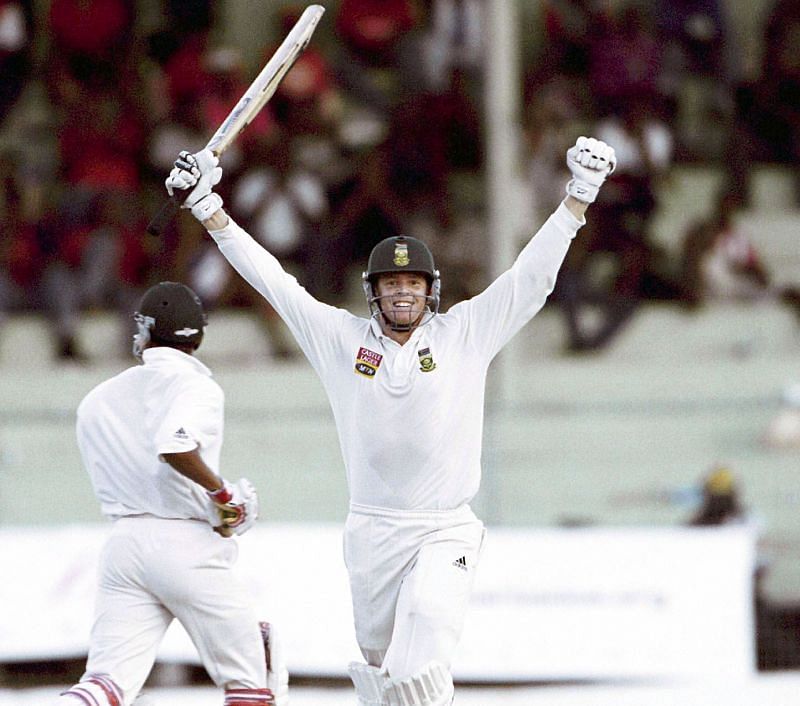
Shaun Pollock is one of the best all-rounders to have played for South Africa. The right-hander was predominantly a bowling all-rounder who troubled many famous batsmen during his prime.
However, Pollock was also impressive with the bat in hand. The South African legend amassed a total of 3781 Test runs in 156 innings at an average of 32.32, along with 421 wickets.
For most of his career, Pollock batted at numbers 7 and 8. The South African legend scored only two centuries in Test cricket. Both of them came when he batted at number 9, which marks the only instance of multiple centuries scored by a player at this position.
Number 10: Pat Symcox, Reginald Duff, Abul Hasan, Walter Read (1 century)
.
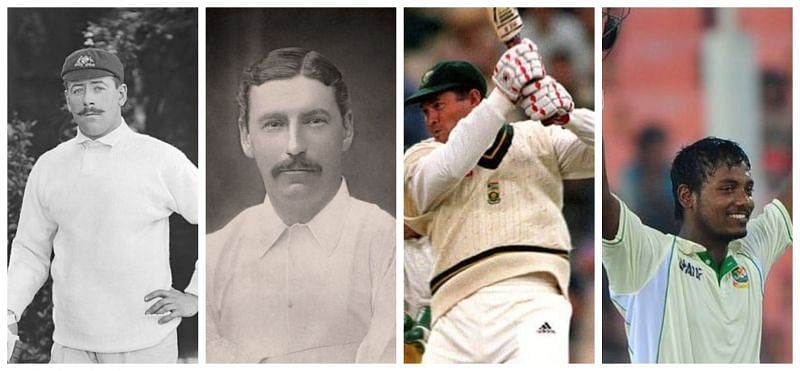
Scoring a century after coming out to bat at number 10 is a very rare feat in Test cricket. Only 4 players have ever managed to accomplish the same in a Test.
The first one to do so was Walter Read, who scored 117 against Australia during a 'timeless' Test at the Oval in 1884. Reginald Duff followed suit 8 years later, scoring 104 against England in another 'timeless' Test in Melbourne, in the process becoming the first Test debutant to score a century from that position..
More than nine decades later, Test cricket witnessed another centurion at no. 10. Pat Symcox scored 108 against Pakistan in the 1998 Johannesburg Test while batting at that position.
Fast forward 14 more years, Bangladesh's debutant Abul Hasan registered the second-highest Test score by a no. 10 batsman in Test history when he scored 113 against West Indies in the 2012 Khulna Test.
Number 11: NONE
.
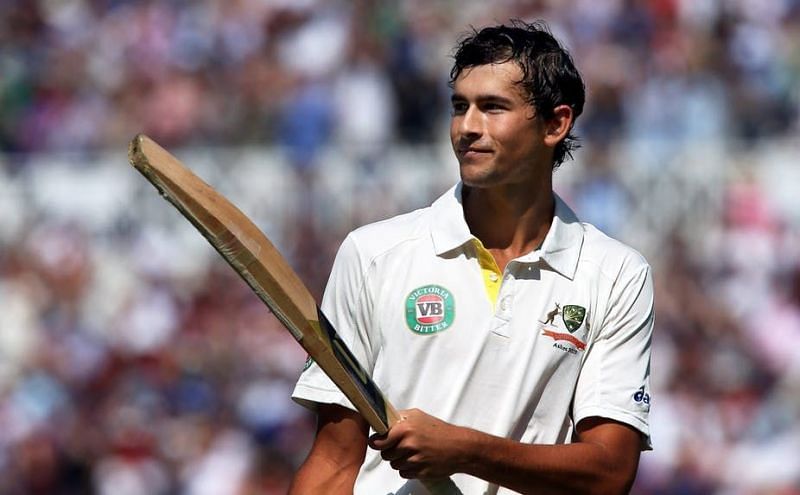
Although this feat has been accomplished in First Class cricket, of which Test cricket is a sub-set, no player has ever scored a Test century at number 11.
Australia's Ashton Agar came the closest in this regard, when he scored 98 off 100 balls in a Test match against England in 2013 before the teenager was dismissed two short of what would have been the first hundred by a number 11 player in Test history.
It marked the first time a number 11 batsman registered a fifty on debut. Warwick Armstrong's unbeaten innings of 45 in 1902 was a record score by a number 11 Test debutant that stood for more than a century.